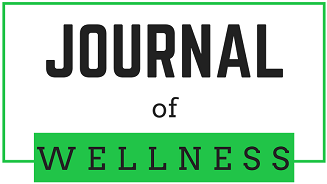
Funder
The authors received no specific funding for this work
Conflict of Interest
The author(s) have no conflict of interest to declare for this work
Abstract
Introduction: Physician burnout is prevalent amongst Infectious Diseases (ID) physicians and trainees in the United States. There is limited data assessing the impact of structural interventions in reducing burnout among medical professionals.
Methods: The multifaceted intervention included increased faculty presence over the weekend and faculty support during the week. ID fellows were surveyed before and after the intervention and faculty were surveyed after the intervention using the Maslach Burnout Inventory for Medical Personnel and additional questions regarding wellness and time for education. Pre- and post-intervention responses were compared. Free response answers were analyzed to determine major themes. Metrics of clinical efficiency were recorded before and after intervention as well.
Results: 100% of fellows (5) and 70% of faculty (7) participated in surveys. Fellows identified consult volume and pager interruptions as the most common reasons for dissatisfaction prior to the intervention. Following the intervention, 80% of fellows noted improved subjective consult volume (despite service census being slightly larger), as well as other improvements on qualitative analysis of free text responses. Fellows’ post-intervention MBI-HSS(MP) mean emotional exhaustion scores significantly improved (3.3 to 2.3, p = 0.009), while metrics assessing depersonalization (2.4 to 1.9, p = 0.07) and personal accomplishment (4.5 to 4.9, p = 0.06) were not significantly changed. There were no significant differences in survey responses between post-intervention fellows and faculty. For service level metrics post-intervention, we less frequently needed to hold consults overnight until the next day (mean 2.1 to 1.1, p = 0.04).
Conclusion: A structural intervention to the ID consultation service was associated with reduced emotional exhaustion amongst fellows and improved perception of clinical volume. Although there was increased workload for faculty there was not a significant difference in markers of burnout or quality of life comparing solely post-intervention responses.
DOI
10.55504/2578-9333.1238
Recommended Citation
Czapka, Michael T.; Lehmann, Christopher; Flores, John; MacKenzie, Erica; Bell, Elizabeth; and Hazra, Aniruddha
(2024)
"The Effect of a Structural Wellness Intervention on ID Fellows and Faculty,"
Journal of Wellness: Vol. 5
:
Iss.
3
, Article 5.
DOI: https://doi.org/10.55504/2578-9333.1238
Available at:
https://ir.library.louisville.edu/jwellness/vol5/iss3/5
Supplemental Narrative Responses
